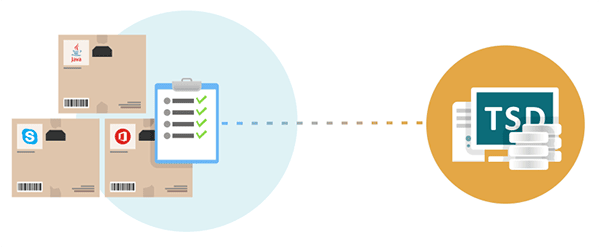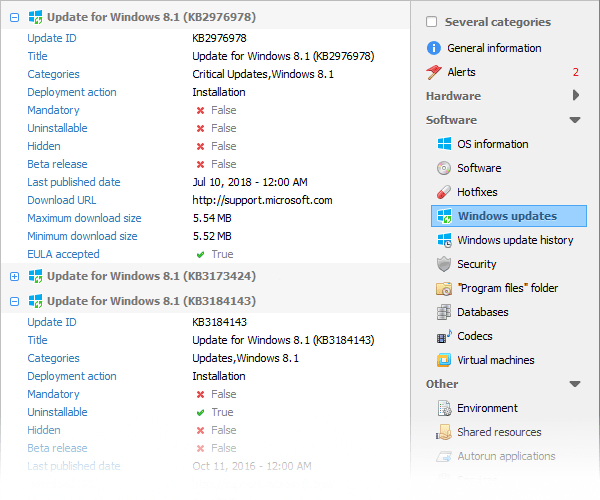
One of the most important aspects of maintaining a computer fleet is effective patch management. Patch deployment and management software streamline the process of identifying, deploying, and managing patches across your enterprise, ensuring that your systems remain protected against known vulnerabilities and perform optimally.
Patch management software is a tool designed to streamline and optimize the patch management process, making it more efficient and precise. A comprehensive patch management solution can automate the detection and deployment of critical patches, ensuring that systems are protected against known vulnerabilities and security risks.

The benefits of patch management software can be summarized in the following two essential objectives: enhancing security and improving efficiency. An effective patch management program plays a vital role in preventing security breaches by automating the patch management process for Microsoft software.
When vulnerabilities are discovered in Microsoft products, administrators must promptly implement patch solutions that are provided by the Windows Update Agent. These security patches are released as soon as any vulnerabilities are identified and they must be applied as quickly as possible to maintain a strong security posture. Nevertheless, Windows patch management solutions that come preconfigured, such as Windows Server Update Services (WSUS) and Systems Center Configuration Manager (SCCM), have certain constraints.
A patch management system continuously scans your computers to identify vulnerabilities and missing patches. This proactive approach allows you to stay ahead of potential threats and prioritize patch deployment based on the severity of the vulnerabilities found.
Once vulnerabilities are discovered, patch management software helps you schedule patch deployments. You can prioritize critical patches, set maintenance windows, and create deployment tasks based on your specific requirements. Remote patch management capabilities allow you to deploy patches to remote computers, thereby ensuring that your entire IT infrastructure is protected.
Patch management software provides detailed monitoring capabilities that enable you to track the status of patch installations, identify any failures or issues, and generate reports. This transparency helps ensure that your systems remain healthy and secure.

When selecting a tool for remote hotfix deployment, consider the following factors:
Total Software Deployment is a comprehensive patch deployment and management software solution that offers a range of benefits for enterprises of all sizes. With its automated discovery and inventory capabilities, intuitive interface, and powerful deployment options, Total Software Deployment simplifies the patch management process and helps ensure the security and stability of your IT infrastructure.
Key benefits include:
With Total Software Deployment, you can optimize your patch management efforts, reduce the risk of security breaches, and maintain a stable and efficient IT environment. Download your 30-day trial now and try it out!